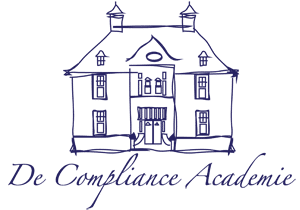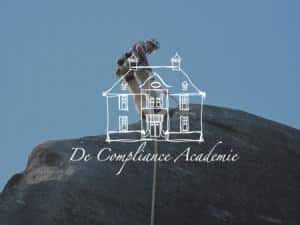Vorige week gaf ik een workshop over de relatie tussen compliance, ongewenst en grensoverschrijdend gedrag. Alsmede over de vraag wat compliance professionals daaraan kunnen bijdragen. Vandaag een korte samenvatting met de hoogtepunten.
Diegenen die mijn blogs of nieuwsbrieven regelmatig lezen weten dat ik in de interne communicatie nooit het woord compliance gebruik (dat inspireert amper) maar altijd spreek over ‘responsible business conduct’. Verantwoord zakendoen (in commerciële organisaties) of verantwoord handelen (in de not-for-profit sectoren). Werknemers hebben mijns inziens de verantwoordelijkheid geaccepteerd om verantwoord om te gaan met de middelen en risico’s van de geldschieter. Helderheid daarover verschaffen is o.a. de taak van compliance.
Verantwoord en onverantwoord verschilt van organisatie tot organisatie en is afhankelijk van het risicoprofiel zoals vastgesteld door de directie in samenspraak met de aandeelhouder(s) en eventuele commissarissen. Bij een woningcorporatie zijn kleine geschenkjes tot 10 of 15 euro soms nog toegestaan; bij menig AEX fonds tot 100 of 200 euro per geschenk. Die verschillen mogen ook bestaan. Het is aan het Bestuur om helderheid te verschaffen aan alle medewerkers HOE de organisatie haar strategische doelen wil bereiken: op een ethische, respectvolle wijze? Of liever de focus op omzet, omzet, omzet?
HOE we met elkaar omgaan hoort daarbij: willen we wel of geen psychosociaal veilig werkklimaat? Amy Edmondson, Harvard hoogleraar, heeft niet alleen aangetoond dat teams beter presteren indien ze dat mogen doen in een veilig werkklimaat waar men het risico durft te nemen om afwijkende meningen te ventileren (‘The fearless organization’). In haar meest recente boek legt zij ook uit dat innovatie veel effectiever is in culturen, waar men leert van elkaars fouten zonder harde afrekeningen (‘Right Kind of Wrong: the Science of Failing Well’).
Compliance professionals geven vaak workshops, trainingen, voorlichting over hetgeen hun organisatie verwacht van haar medewerkers: over waar de organisatie grenzen trekt. Grenzen getrokken door de directie. Uitgelegd door compliance. Discriminerende opmerkingen zijn bij voorbeeld grensoverschrijdend en worden niet getolereerd: “…succes is nooit een excuus voor onacceptabel gedrag.” Ongewenste opmerkingen zijn wellicht niet grensoverschrijdend maar worden toch als onprettig, ongepast of anderszins als onwenselijk ervaren. Die overschrijding verschilt van collega tot collega: ga daarover dus de dialoog aan, met oprechte interesse en nieuwsgierigheid. Dat begint met goed luisteren, respect voor verschillende, afwijkende meningen en de B-A-A methode om uiteindelijk naar een veilig werkklimaat te kunnen groeien (KLIK HIER om meer te lezen over die methode).
Je eigen baas aanspreken is bijzonder moeilijk; tegenspraak wordt slechts her en der (goed) georganiseerd. Ook die vaardigheid moet je oefenen.
Compliance professionals kunnen samen met hun collega’s van HR en leidinggevenden kiezen uit tal van werkvormen om samen zo’n veilig werkklimaat bespreekbaar te maken en te bevorderen (ZIE HIER 10 voorbeelden van werkvormen, of doe mee het mijn webinar over dit onderwerp op 8 april om 13.00 uur).
Compliance professionals spreken voortdurend over hetgeen wel en niet wordt verwacht van medewerkers: wel kleine geschenken, geen schijn van omkoping. Wel samenwerken met concurrenten, geen afstemming van commerciële beslissingen of voorwaarden. Uiteraard hoort daar ook bij dat zij gewenst, ongewenst en grensoverschrijdend gedrag bespreekbaar maken, ook al worden meldingen daarover anders onderzocht dan meldingen over bij voorbeeld financiële fraude of belangenverstrengelingen (KLIK HIER om daarover meer te lezen).
De reden daarvoor: bij meldingen over ongewenst gedrag is hard bewijs vaak niet te vinden en staat herstel van vertrouwen in de werkrelatie voorop, niet waarheidsvinding. Gezien de vele aandacht voor deze onderwerpen en het belang voor medewerkers kunnen we nu niet stil blijven zitten.
Bel dus gerust om te klankborden!


